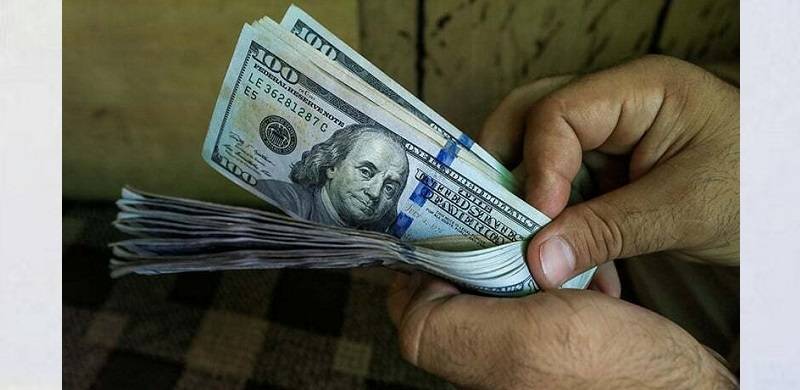
Pakistan is ready for a repayment of $500 million to a Chinese commercial back, but doing so would push the country's foreign exchange reserves below $4 billion.
With the payment, expected in the next 72 hours, Chinese financial institutions would begin lending more money to Pakistan. Islamabad had made payments to the aforesaid financial institutions last year.
Sources in the ministry of finance say that another repayment amounting to $300 million will be due next month.
Meanwhile, the State Bank of Pakistan’s Monetary Policy Committee is set to meet on Monday to decide the policy rate for the coming months.
An interest rate hike can also be linked to the multiple conditionalities for the resumption of the IMF program.
As per an article published by the IMF, “While there are many different interest rates in financial markets, the policy interest rate set by a country’s central bank provides the key benchmark for borrowing costs in the country’s economy. Central banks vary the policy rate in response to changes in the economic cycle and to steer the country’s economy by influencing many different (mainly short-term) interest rates. Higher policy rates provide incentives for saving, while lower rates motivate consumption and reduce the cost of business investment.
“A guidepost for central bankers in setting the policy rate is the concept of the neutral rate of interest: the long-term interest rate that is consistent with stable inflation. The neutral interest rate neither stimulates nor restrains economic growth. When interest rates are lower than the neutral rate, monetary policy is expansionary, and when they are higher, it is contractionary,” the report states.
The need for a contractionary monetary policy in Pakistan stems from the fact that the country is facing high inflation that has been propelled by floods last year. The government is aiming to curb the fiscal deficit by curtailing demand.
The IMF press release on reaching a staff-level agreement with Pakistan back in July 2022 said, headline inflation exceeded 20 percent in June last year, hurting particularly the most vulnerable. “In this regard, the recent monetary policy increase was necessary and appropriate, and monetary policy will need to be geared towards ensuring that inflation is brought steadily down to the medium-term objective of 5–7 percent.”
With the payment, expected in the next 72 hours, Chinese financial institutions would begin lending more money to Pakistan. Islamabad had made payments to the aforesaid financial institutions last year.
Sources in the ministry of finance say that another repayment amounting to $300 million will be due next month.
Meanwhile, the State Bank of Pakistan’s Monetary Policy Committee is set to meet on Monday to decide the policy rate for the coming months.
An interest rate hike can also be linked to the multiple conditionalities for the resumption of the IMF program.
As per an article published by the IMF, “While there are many different interest rates in financial markets, the policy interest rate set by a country’s central bank provides the key benchmark for borrowing costs in the country’s economy. Central banks vary the policy rate in response to changes in the economic cycle and to steer the country’s economy by influencing many different (mainly short-term) interest rates. Higher policy rates provide incentives for saving, while lower rates motivate consumption and reduce the cost of business investment.
“A guidepost for central bankers in setting the policy rate is the concept of the neutral rate of interest: the long-term interest rate that is consistent with stable inflation. The neutral interest rate neither stimulates nor restrains economic growth. When interest rates are lower than the neutral rate, monetary policy is expansionary, and when they are higher, it is contractionary,” the report states.
The need for a contractionary monetary policy in Pakistan stems from the fact that the country is facing high inflation that has been propelled by floods last year. The government is aiming to curb the fiscal deficit by curtailing demand.
The IMF press release on reaching a staff-level agreement with Pakistan back in July 2022 said, headline inflation exceeded 20 percent in June last year, hurting particularly the most vulnerable. “In this regard, the recent monetary policy increase was necessary and appropriate, and monetary policy will need to be geared towards ensuring that inflation is brought steadily down to the medium-term objective of 5–7 percent.”

